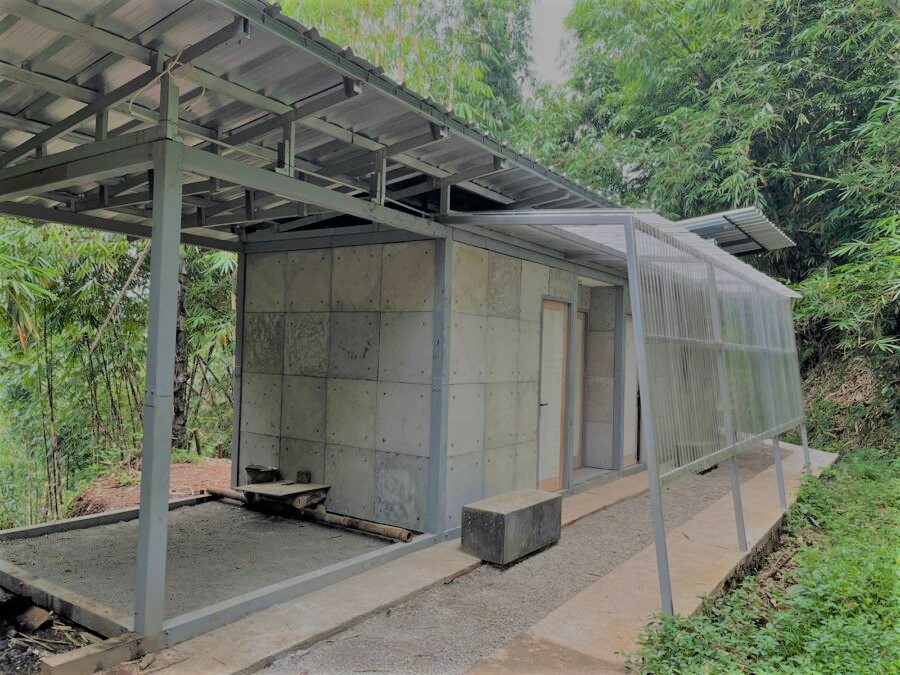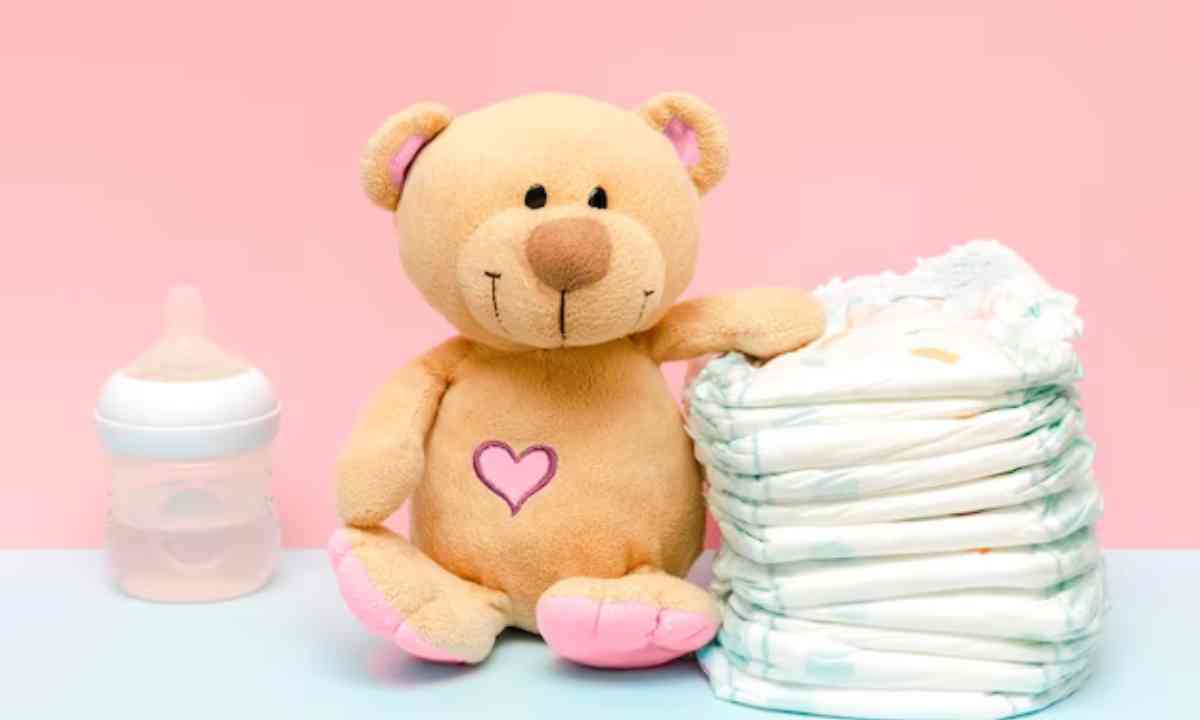Disposable diapers have long been a significant source of waste, with most ending up in landfills and taking centuries to decompose. However, a groundbreaking solution has emerged: researchers have found a way to reuse diapers in the construction of new housing. This innovation not only addresses the diaper waste problem but also offers an eco-friendly alternative to conventional building materials.
We explore how diapers are transforming the construction industry and paving the way for more sustainable and affordable housing options. Scientists from the University of Kitakyushu in Japan have discovered that concrete made with used diapers is just as effective as traditional materials. By replacing up to 8% of the sand in concrete and mortar with shredded and treated diapers, the strength of the material remains uncompromised.
The study, published in Scientific Reports, highlighted how this diaper-infused concrete could be used to construct a small house in Indonesia, demonstrating its potential to divert waste from landfills and support low- and middle-income communities.

Image Source: Twitter
Addressing Sand Shortages:
The use of diaper concrete is not only beneficial for a waste reduction but also addresses the impending sand scarcity crisis. Sand, a crucial resource for various construction materials, is in high demand and is being extracted at an unsustainable rate. By incorporating recycled diapers into concrete, a portion of the sand can be replaced, reducing the pressure on dwindling sand reserves. This breakthrough offers hope to the construction industry, encouraging the development of a circular economy for building materials.
Advantages and Research Findings:
The research conducted by the University of Kitakyushu demonstrated that the mechanical properties and microbial content of diaper concrete were equivalent to conventional concrete. Adding just 1% of diapers to the mix improved internal hydration and produced robust, durable materials. Moreover, a mix of up to 5% diapers with concrete exhibited maximum strength at 28 days. These positive findings lay the foundation for the wider adoption of this eco-friendly construction technique.
_1685445774.png)
Image Source: Twitter
Challenges and Future Potential:
While the concept of using diapers in construction is not entirely new, this recent study marks the first successful implementation in housing construction. However, building regulations need to be adjusted to accommodate this innovative approach fully. By embracing such sustainable practices, the construction industry can contribute to a circular economy and reduce its reliance on virgin materials.
Inspiring Sustainable Construction:
The utilization of waste materials in construction is a growing trend worldwide. From repurposing old tires in playgrounds to incorporating recycled glass in slabs, various initiatives are already underway. Additionally, researchers at the University of Melbourne are exploring the substitution of cement with fly ash, a by-product of coal burning, to reduce CO2 emissions. The integration of reused diapers in concrete adds to this movement and highlights the potential for transforming waste into valuable resources.
_1685445691.png)
Image Source Twitter
The combination of diaper waste and construction may seem unconventional, but it presents a promising solution to two pressing global issues: waste management and resource scarcity. By reimagining the role of diapers in the construction industry, we can build sustainable, affordable homes while reducing the burden on landfills and preserving vital resources. With further research, policy support, and industry collaboration, the house that Nappies built could be the future of environmentally conscious construction.
© Copyright 2023. All Rights Reserved Powered by Vygr Media.


























